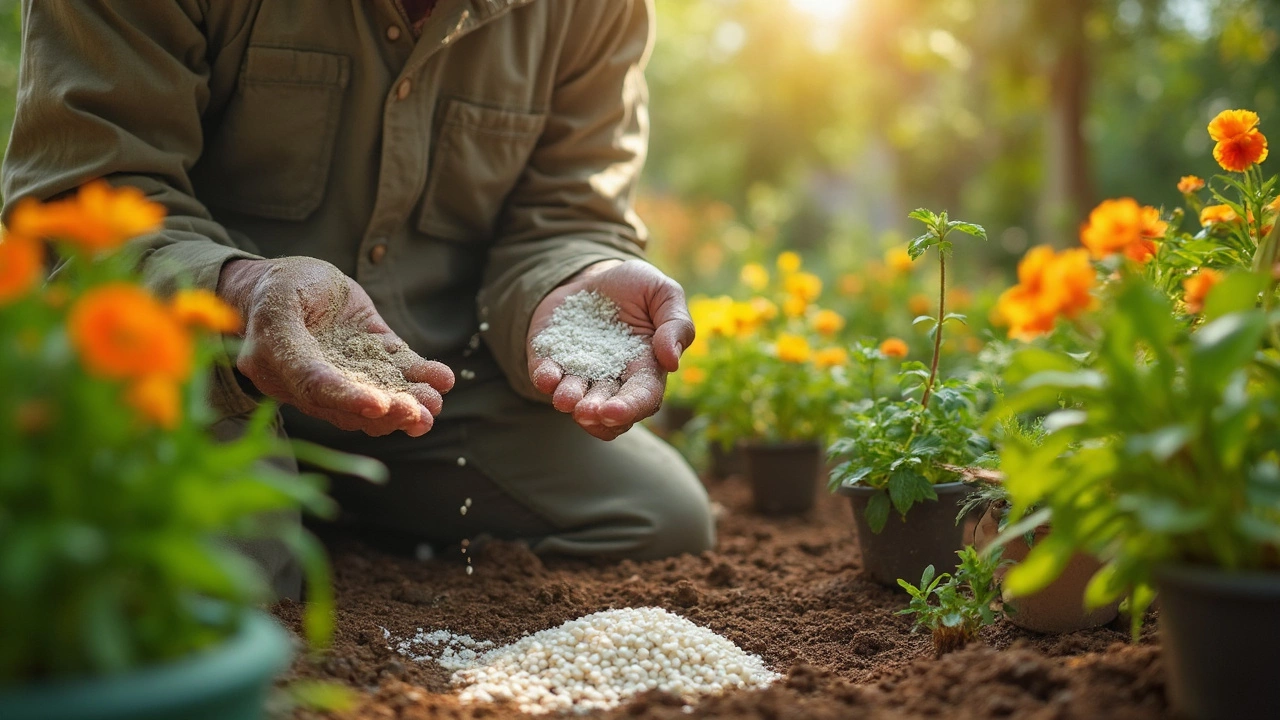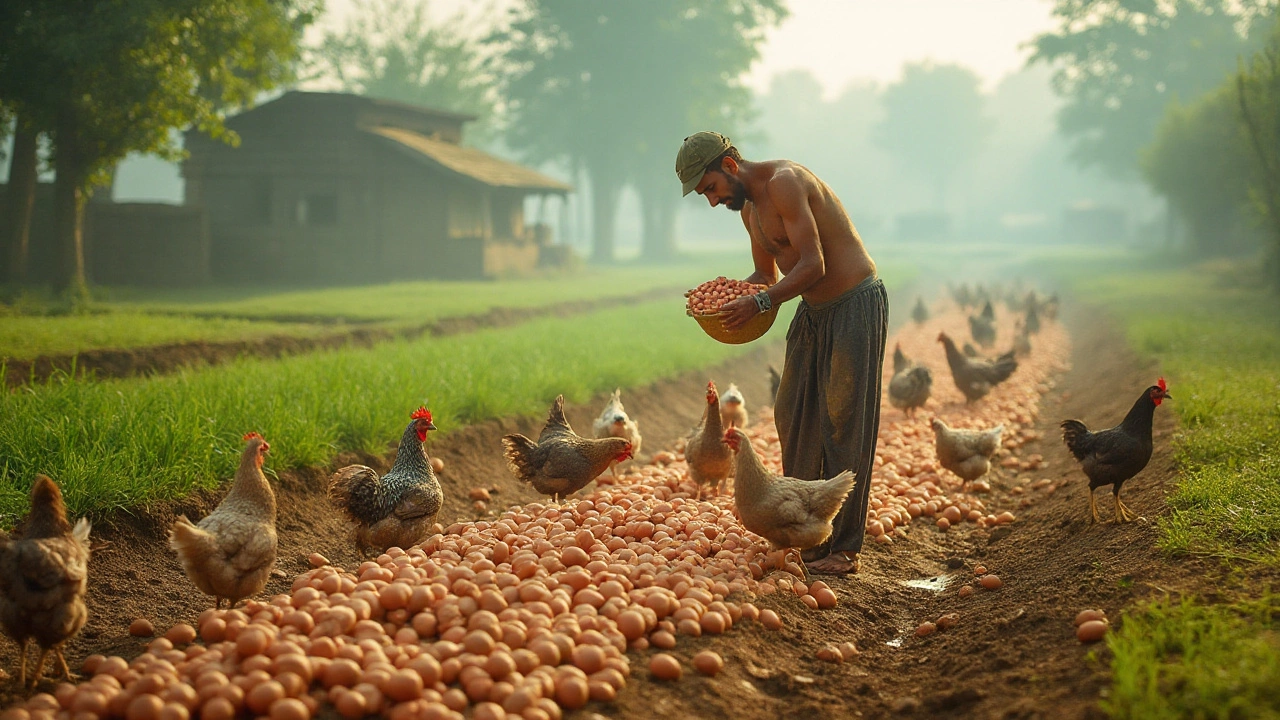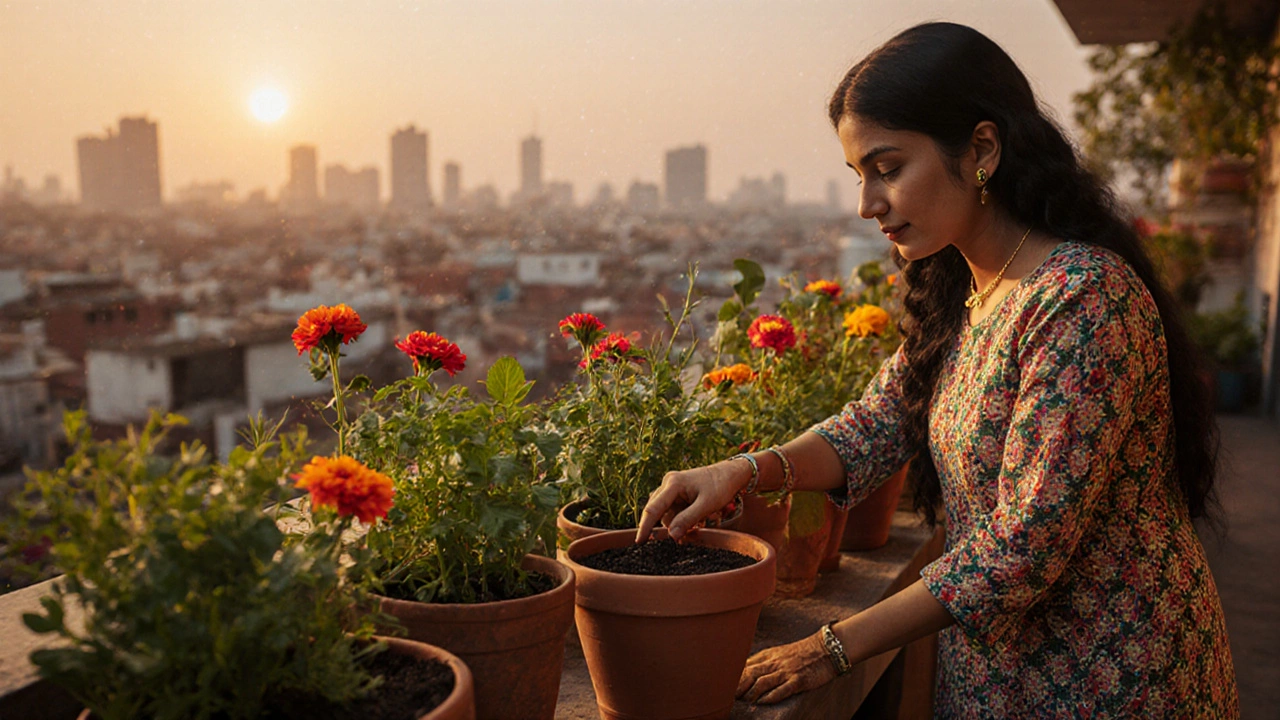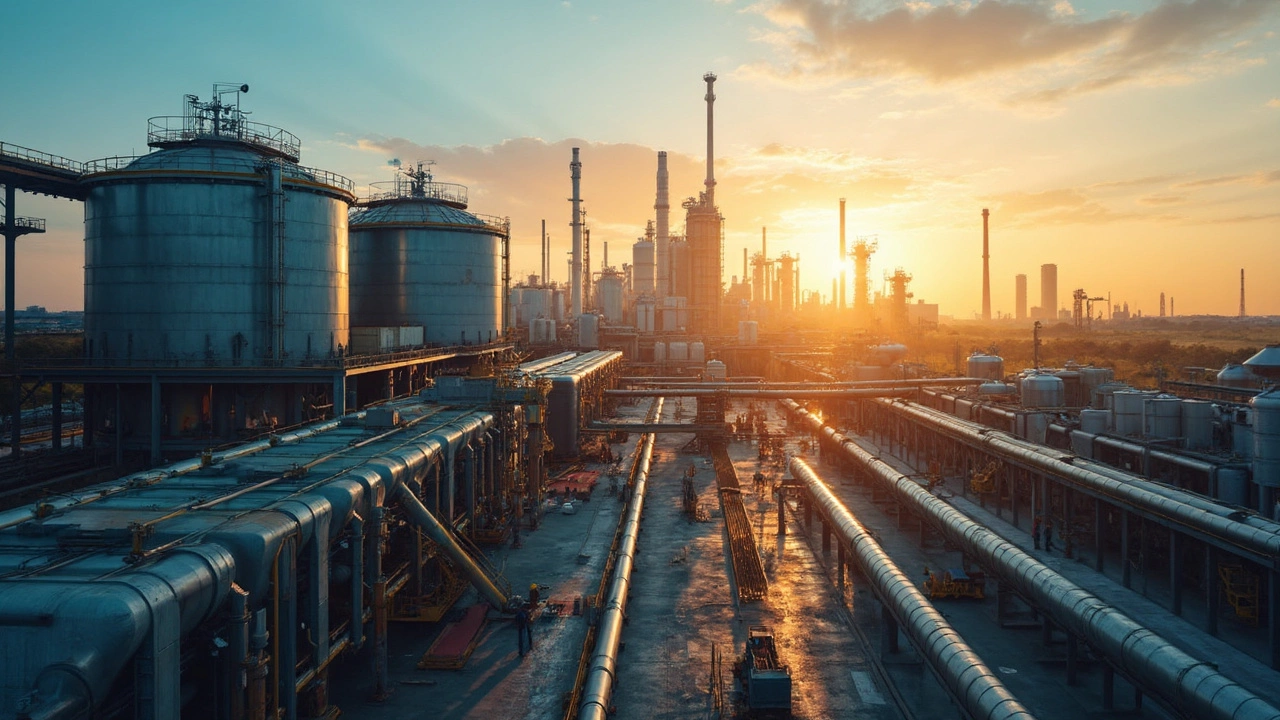Styrofoam in Sustainable Manufacturing and Agriculture
When talking about Styrofoam, a lightweight, foam-like form of expanded polystyrene widely used for packaging, insulation, and horticultural trays. Also known as expanded polystyrene (EPS), it offers cheap bulk and good shock‑absorption, but its persistence in the environment raises serious concerns across India’s factories and farms.
Styrofoam belongs to the broader family of plastic, synthetic polymers derived from petroleum that can be molded into countless products. Because plastic is the parent material, the challenges of recycling, collecting, cleaning, and re‑processing waste into new feedstock apply directly to Styrofoam. In India, only a fraction of EPS gets reclaimed, leaving landfills and waterways clogged with bits that take centuries to break down. The link is clear: the more we rely on Styrofoam, the heavier the burden on recycling systems and waste‑management infrastructure.
Why Sustainable Materials Matter
Enter sustainable materials, biodegradable or recyclable alternatives such as mushroom‑based packaging, corrugated paper, or bio‑based foams. These substitutes reduce reliance on fossil‑based plastics and often decompose in months rather than millennia. In the agricultural sector, growers are swapping Styrofoam seedling trays for biodegradable peat or co‑irrigated cardboard pots, which break down in the soil and improve organic content. Greenhouse owners also experiment with reflective films made from recycled PET instead of EPS panels, cutting down on heat loss while keeping the carbon footprint low.
Beyond material swaps, the way Styrofoam is used in horticulture creates a natural bridge to waste reduction. Farmers who grow seedlings in EPS trays can collect, wash, and reuse them for several cycles, extending the product’s life and lessening the volume of new foam needed each season. When reuse isn’t feasible, local recyclers in states like Gujarat and Tamil Nadu are piloting chemical depolymerization processes that turn EPS back into usable styrene monomers, feeding them into new manufacturing loops. This circular approach ties back to our earlier point: efficient recycling directly mitigates the environmental toll of Styrofoam.
Policy and consumer awareness also shape the story. Recent Indian regulations push manufacturers toward reusable packaging and set targets for increasing the recycled content of plastic products. Meanwhile, NGOs run campaigns that educate gardeners about the hidden cost of cheap foam trays and showcase simple swaps that don’t break the bank. Together, these efforts create a feedback loop—better materials lead to cleaner farms, which in turn boost demand for greener manufacturing practices. As you scroll down, you’ll find a mix of articles that dive deeper into these topics: from practical guides on re‑using EPS containers in your garden, to analyses of India’s plastic‑recycling landscape, and case studies of businesses that have replaced Styrofoam with compostable options. The collection is designed to give you actionable insights whether you’re a farmer, a factory manager, or just curious about the future of packaging in India.
Can I Use Styrofoam Instead of Perlite for My Garden?
Thinking of using Styrofoam as a substitute for perlite in your garden soil? While both materials help with soil drainage, they have distinct differences. Explore the benefits and drawbacks of each option and find out whether Styrofoam is a viable alternative to perlite. Get practical advice and interesting insights to make the best choice for your plants.
- manufacturing
- India
- food processing
- garden tips
- rice cultivation
- government schemes
- balcony garden
- urban gardening
- balcony gardening
- profitable business
- business ideas
- plastic manufacturing
- drip irrigation
- plant care
- steel manufacturing
- sustainable gardening
- startup ideas
- steel industry
- flower gardening
- textile manufacturers






